Rhinoplasty

specialists

equipment

treatment
Indications for rhinoplasty

Rhinoplasty can also be performed as prescribed by specialists. Most often, it is the only opportunity for patients with nasal breathing disorders to return to a full life. The nature of the occurrence of such disorders can be different, either congenital or acquired. They manifest themselves in the form of chronic nasal congestion, persistent colds, snoring and runny nose, which are indications for surgery.
After plastic surgery, normal respiratory function returns to the nose, allowing the patient to feel much better.
Rhinoplasty allows you to make the shape of your nose more attractive after injuries and surgeries. It is important to note the positive psychological effect of plastic surgery. After improving appearance, the patient’s self-esteem rises, mood improves and motivation for new achievements appears.
Contraindications to the rhinoplasty procedure

Rhinoplasty is recommended for patients over 20 years of age. This warning is due to the fact that approximately until this time, the body develops, the growth and formation of cartilage tissue of the nose occurs.
The procedure cannot be performed for persons suffering from cancer, asthma, acute respiratory diseases, or those with poor blood clotting.
Rhinoplasty is performed under general anesthesia, so each patient must first undergo a general examination, which is prescribed by the doctor. If any abnormalities in the functioning of the organs are detected, nose surgery will not be performed.
Plastic surgery at K+31












This award is given to clinics with the highest ratings according to user ratings, a large number of requests from this site, and in the absence of critical violations.

This award is given to clinics with the highest ratings according to user ratings. It means that the place is known, loved, and definitely worth visiting.

The ProDoctors portal collected 500 thousand reviews, compiled a rating of doctors based on them and awarded the best. We are proud that our doctors are among those awarded.
Make an appointment at a convenient time on the nearest date
Price
Other services
Reviews


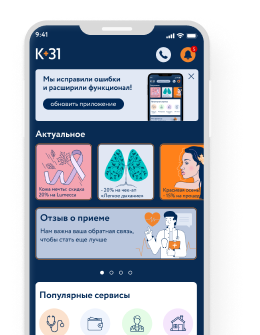




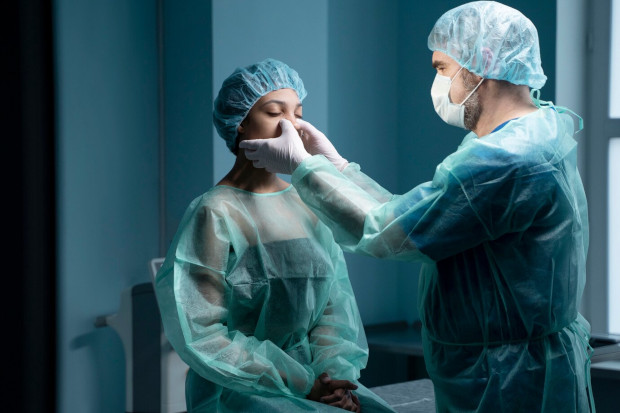
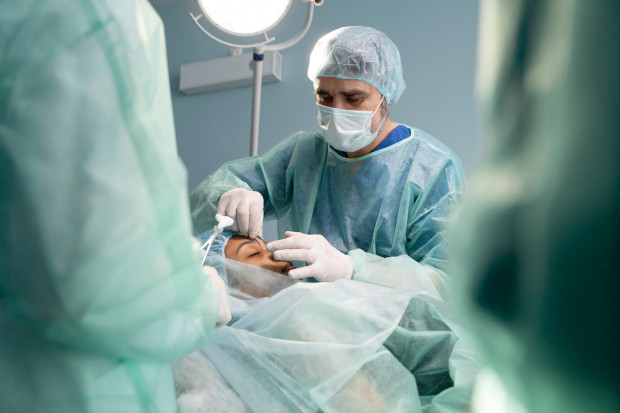
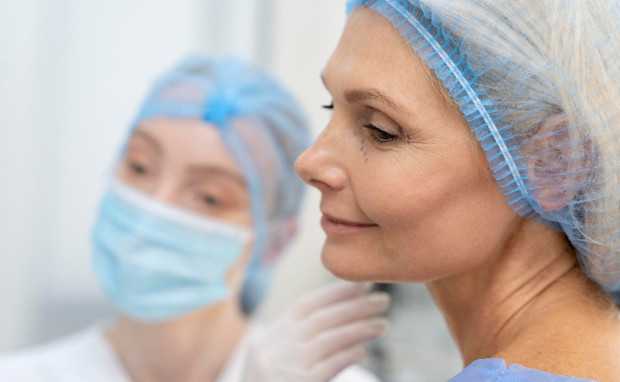
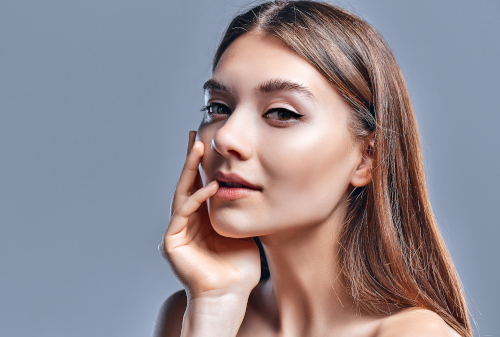
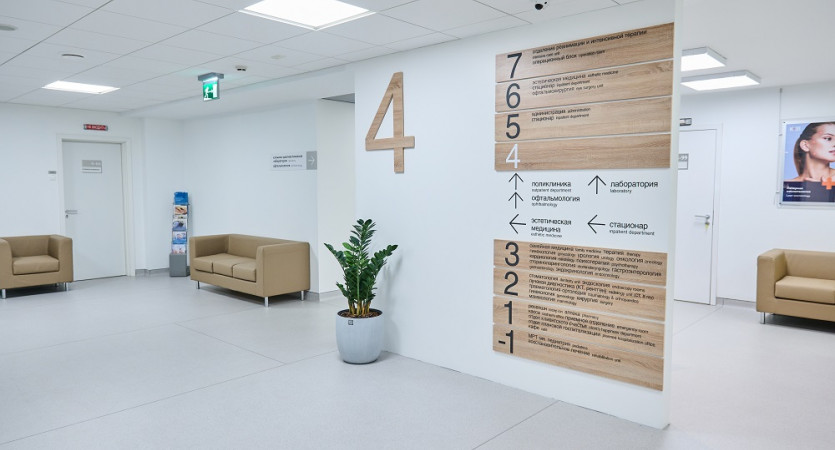
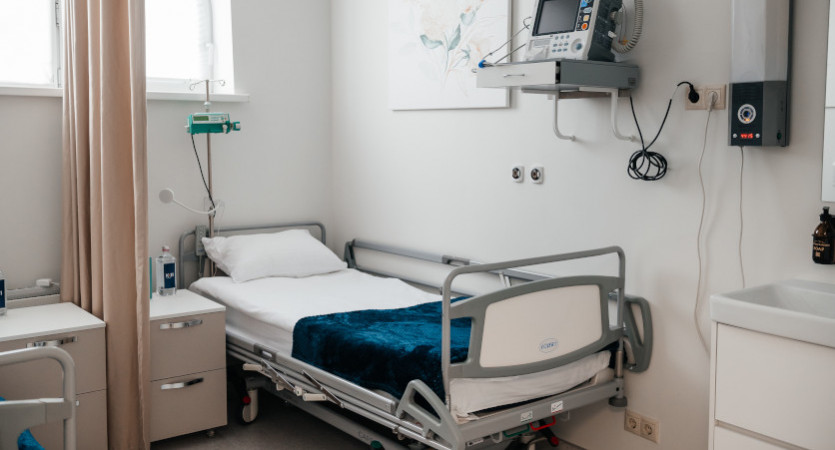
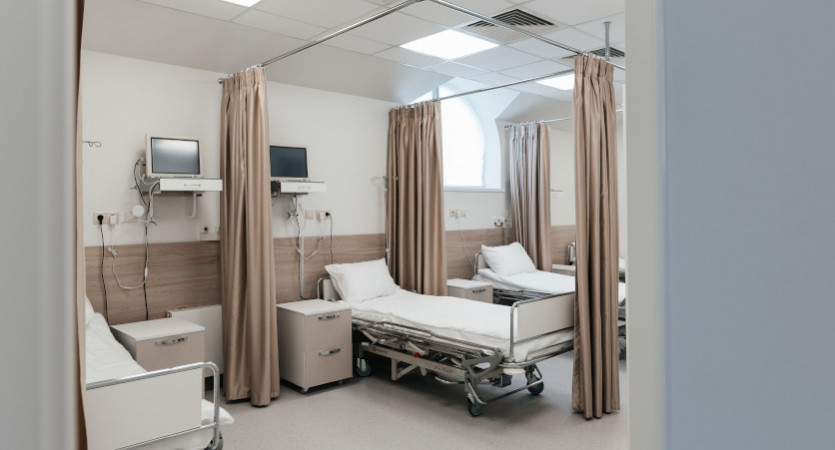
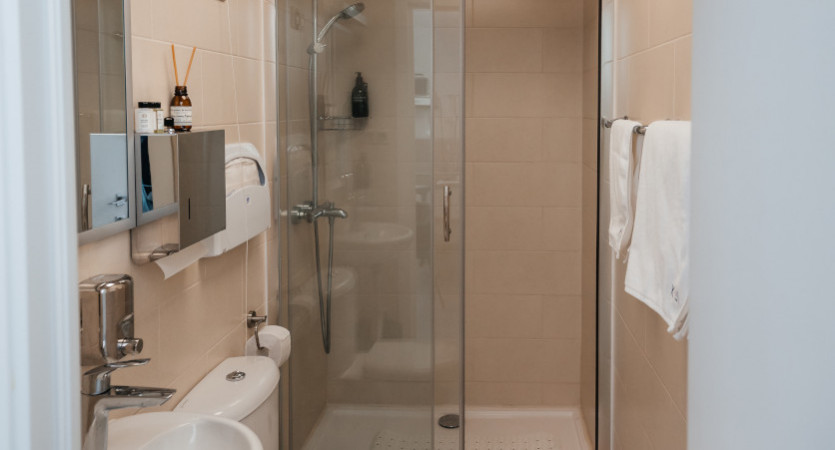
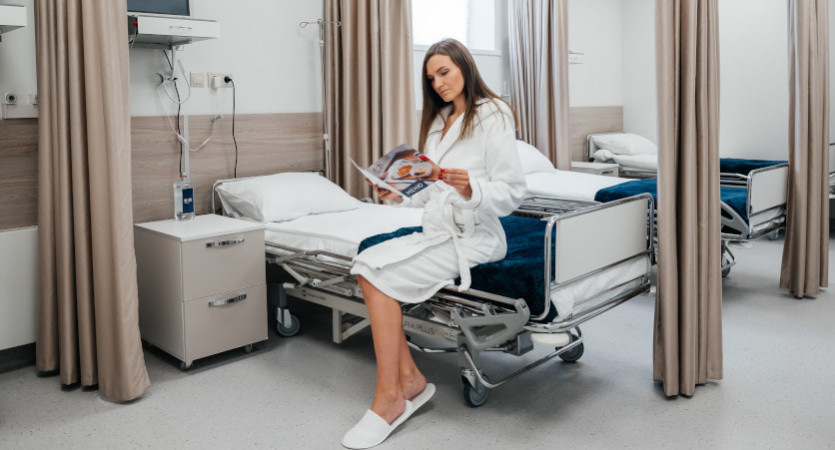
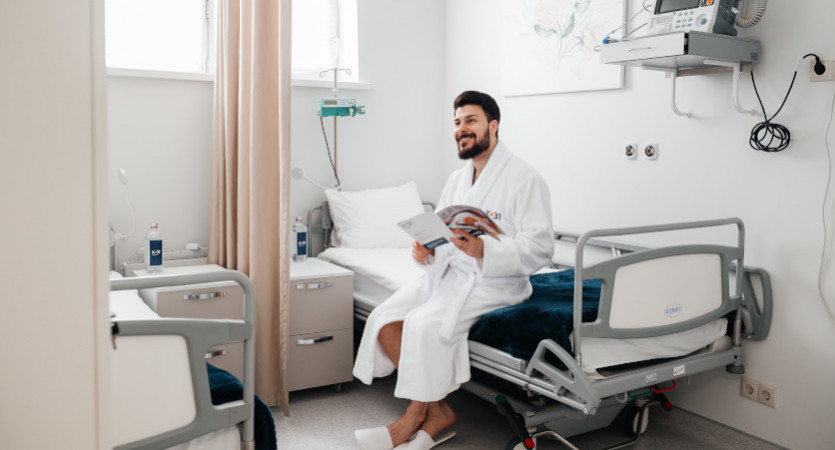
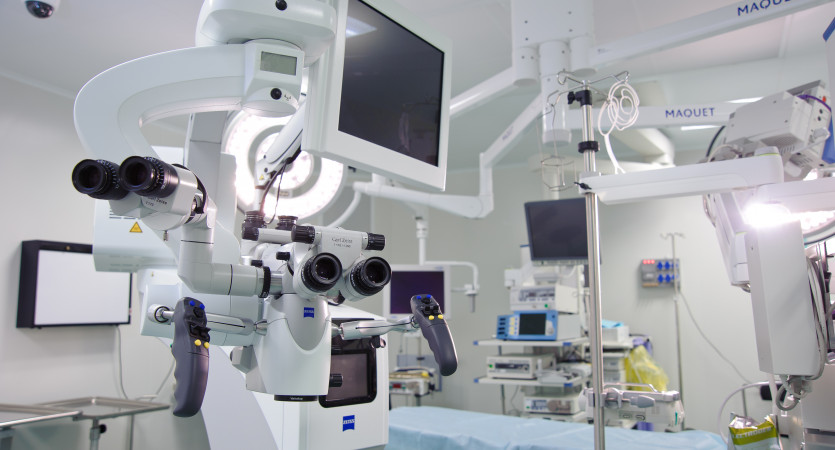
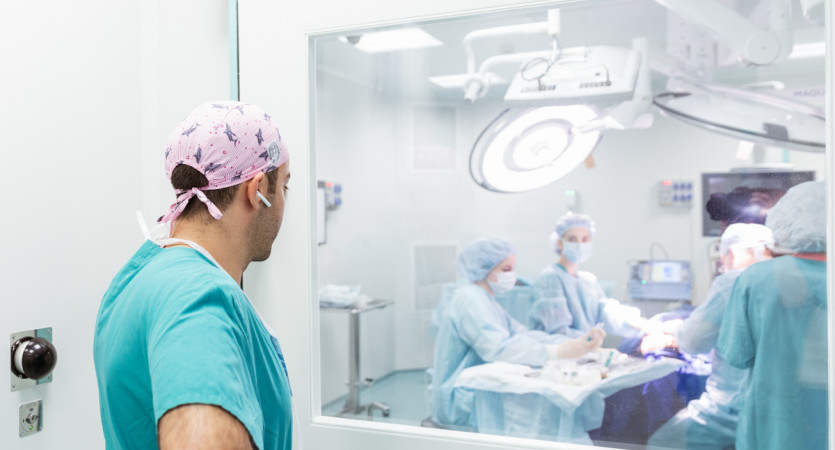
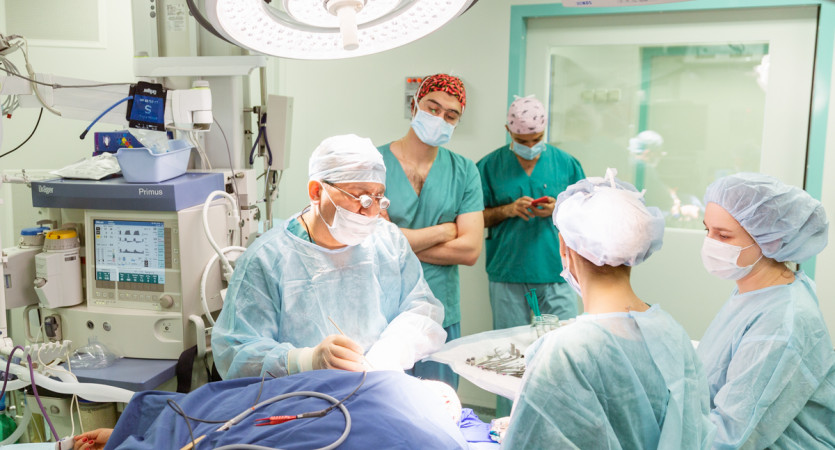
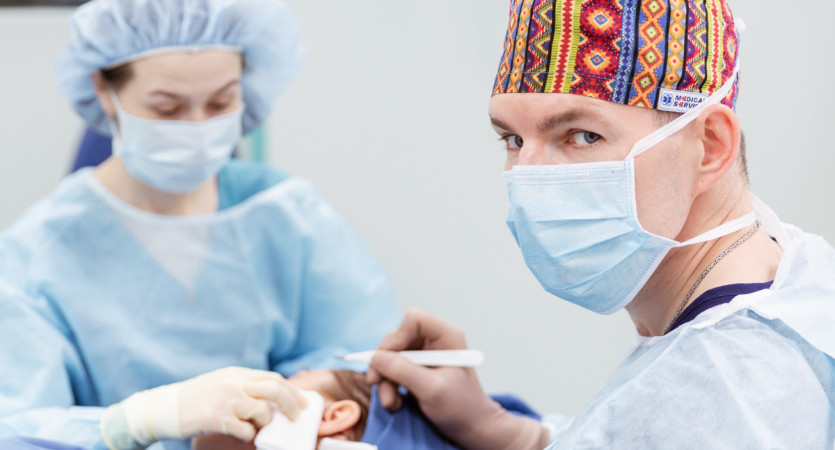
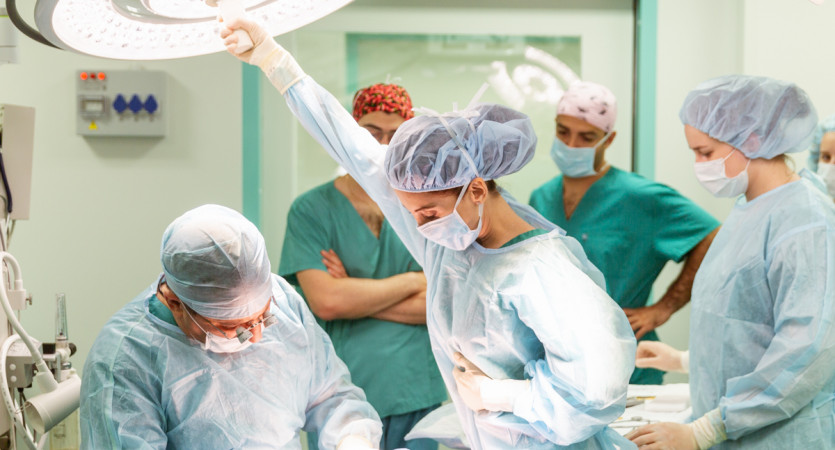
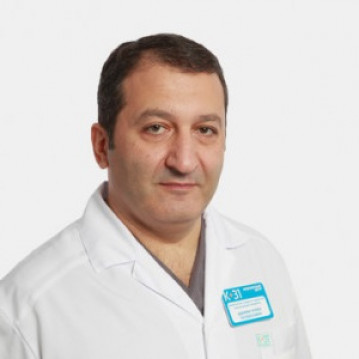
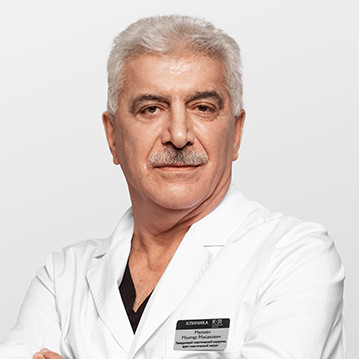
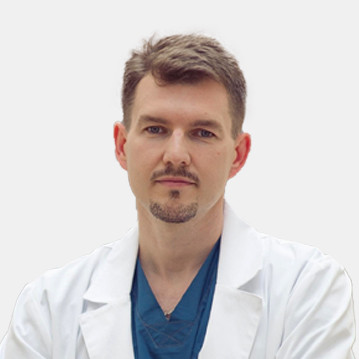
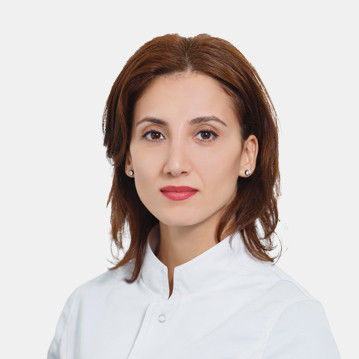
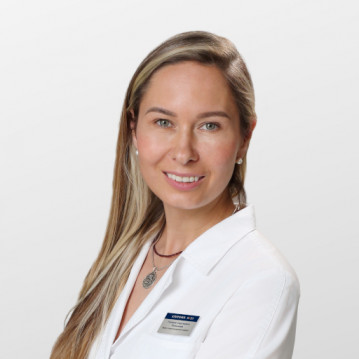

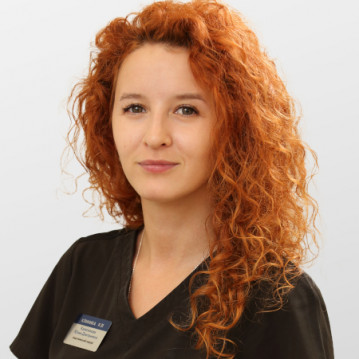
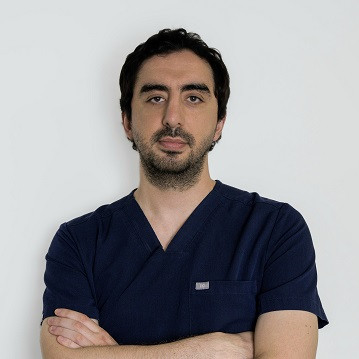
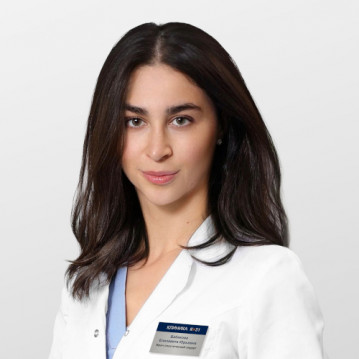
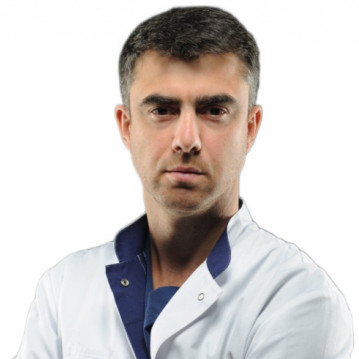
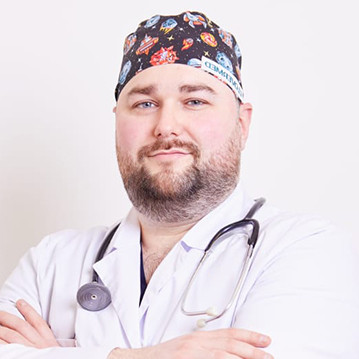


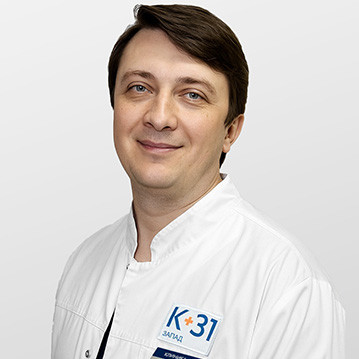
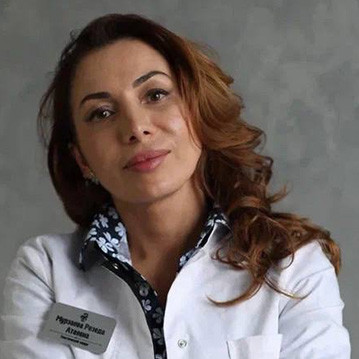







What can be achieved with rhinoplasty
The main purpose of rhinoplasty is the client’s desire to change his appearance for the better. This may apply to both congenital and acquired characteristics. For example, a patient may be dissatisfied with the shape of the wings of the nose or have suffered an injury due to which changes can only be made surgically.
Properly performed rhinoplasty allows you to achieve the most harmonious combination of all facial features.
Rhinoplasty helps eliminate the following disadvantages:
Rhinoplasty can also be performed as prescribed by specialists. Most often, it is the only opportunity for patients with nasal breathing disorders to return to a full life. The nature of the occurrence of such disorders can be different, either congenital or acquired. They manifest themselves in the form of chronic nasal congestion, persistent colds, snoring and runny nose, which are indications for surgery.
After plastic surgery, normal respiratory function returns to the nose, allowing the patient to feel much better.
Rhinoplasty allows you to make the shape of your nose more attractive after injuries and surgeries. It is important to note the positive psychological effect of plastic surgery. After improving appearance, the patient’s self-esteem rises, mood improves and motivation for new achievements appears.
The popularity of rhinoplasty is equally great for both men and women.